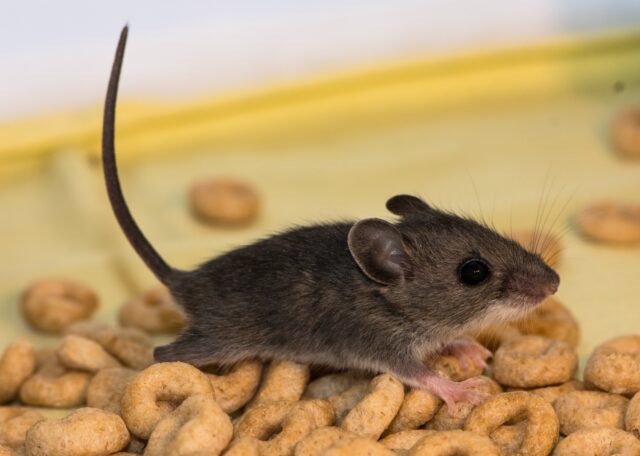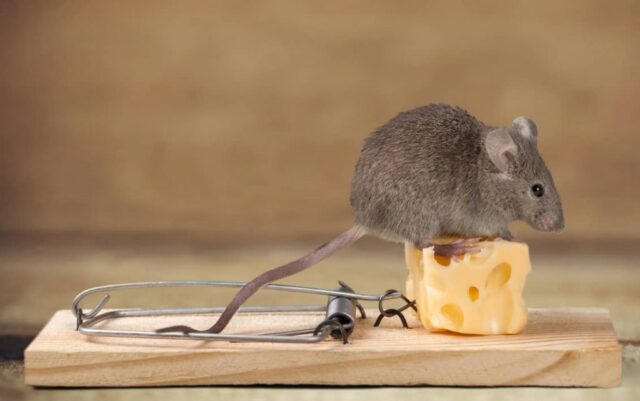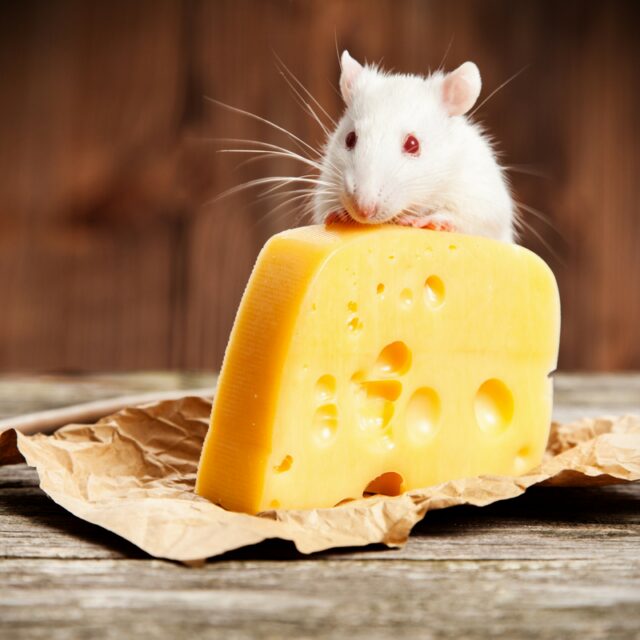
Mice can be picky eaters, too, so not all known baits can work in all instances. Here are a few things that you can consider in making traps more effective.
Mice may be small but their brains aren’t small, figuratively speaking. There’s a reason why they are the most common laboratory animals – they are crafty, smart and instinctive creatures with an amazing sense of sight, smell and hearing. Suffice it to say that trapping them can be a challenging endeavor for these reasons.
Due to their high intelligence, mice also react in different manners to different baits in mousetraps. Yes, they can be picky eaters but that doesn’t mean that you don’t stand a chance in baiting them and trapping them in mousetraps.
The trick here is to use the right bait for the specific situation and it can involve a trial and error method until you find the right bait for the mice infestation.
If you want to do so, you can think of mice as sharing tips and tricks in getting the bait without getting caught. Your job then is to outsmart them and here are a few ideas to get started on a mini-war.
1Know the Common Baits

Before you can choose the best bait for your particular mice infestation issue, you should first know the common types of bait.
- Cooked and uncooked hotdog sliced into small pieces
- Maple syrup
- Raw or cooked bacon bits, even bacon grease
- Peanut butter (smooth and chunky)
- Sweet candies, such as gumdrops, for as long as these are soft
- Chocolate bits
- Soft cheese, preferably the strong-smelling ones
- Cracker bits with butter
- Birdseed
- Nuts
- Pet food, especially when it’s been made damp with water
- There are many more baits you can use for mice
The ones with strong smells are usually the best ones since these attract mice more than baits with subtle smells. Furthermore, choose food with high fat or protein content since these are also attractive to them.
A word on the use of rodenticides. While these will eventually kill mice when these are ingested, these aren’t recommended as baits for mousetraps, whether open or closed type.
These aren’t the humane method of eliminating mice from your home, not to mention that these can pose health hazards to children and pets, even to desirable wildlife that may ingest the dead carcasses of a poisoned mouse.
2Know What to Do When the Bait Isn’t Working

Mice like variety, too. If you’re using just one bait, say, pieces of chocolate, for the mousetraps, you will observe that its efficiency wears off until they don’t seem to take it anymore. You have to switch it up, even experiment with the baits that the mice in your home like to take.
You may also consider switching to another type of mousetrap since mice likely have become accustomed to the old ones’ mechanism. Did we mention that they are intelligent despite their size? Yes, you may have to work harder than you anticipated to outsmart the ones that have invaded your home.
You should also move the mousetraps to other locations where mice activity has been observed, as well as place as many of them as possible. Catching a single mouse will likely require two to three mousetraps so set as many as possible within a high-traffic area. You should also consider setting up the traps slightly farther away from high-traffic areas or adjacent to these areas.
You should also check that the trigger is sufficiently sensitive or else the bait will be gone but the trap didn’t snap. A few tricks to know:
- Place a dollop of peanut butter or maple syrup on the bait station.
- Place a pinch of birdseed or a small nut in the middle of the sticky lure.
The mouse will then apply more pressure on the trigger in its effort to get the treat at the center and, thus, spring the trigger. There’s no escaping with this method.
You may also consider choosing mousetraps with a sensitive sensor so even baby mice can’t easily escape. Electric ones are effective for this purpose.
The bottom line: Getting the right combination of mousetraps and baits is a matter of trial and error, but when you get it right, you will find that their effectiveness increases. Soon, your mice infestation issue will be gone and your home is safer from their health-related hazards.
But don’t set the bait in the bait station too soon either. You should place the bait on the mousetrap for a couple of days so the mice will approach them without hesitation – the trigger doesn’t spring shut, after all, so there’s no risk of trapping them, yet. After a couple of days when they have become accustomed to the mousetraps, you can then set the trigger.
Going back to the location of the mousetraps, you should keep them in the same localized area for a couple of days, too. Most of them should be placed in the high-traffic spots while a few can be placed on their pathways, particularly to and from their nests. Examples include baseboards, countertops, and cupboards.







